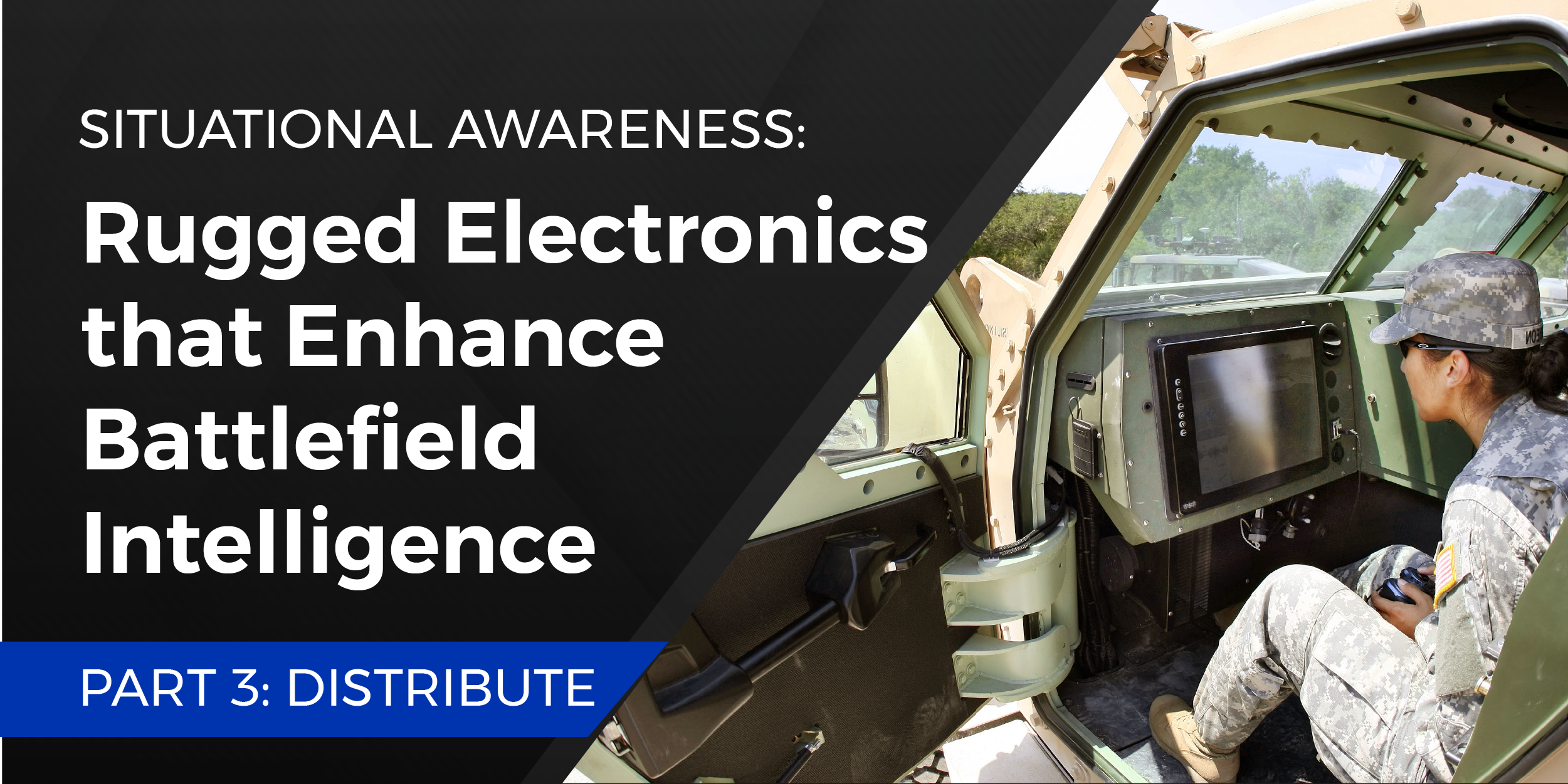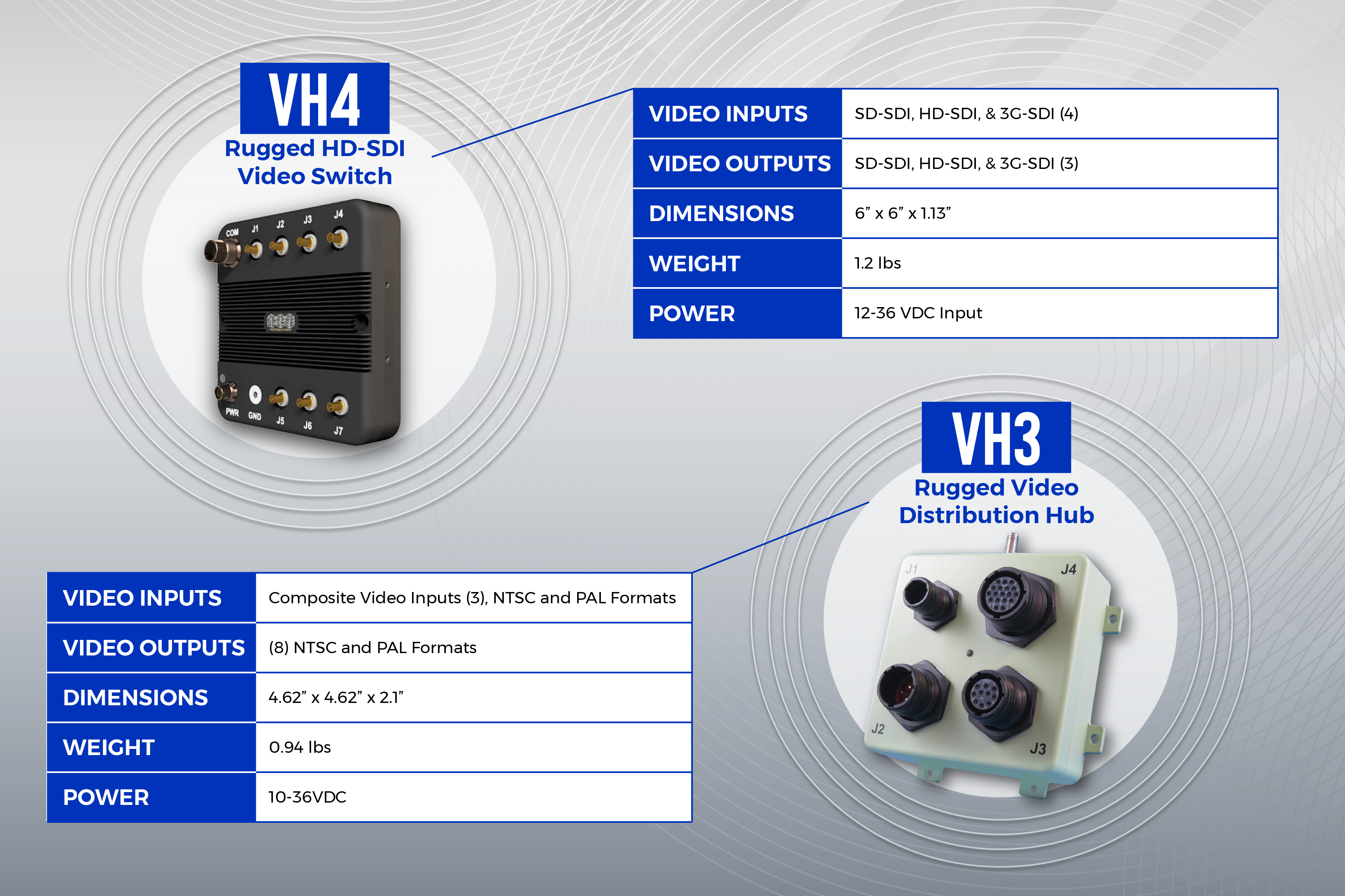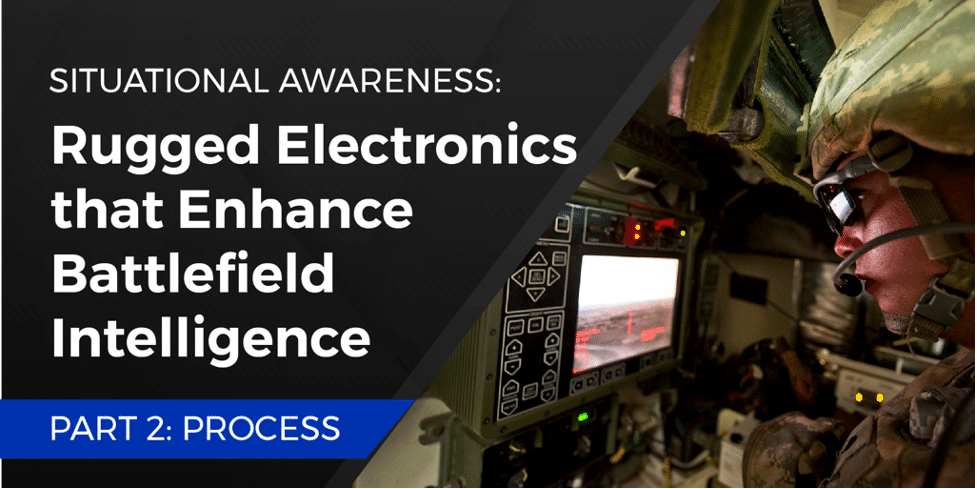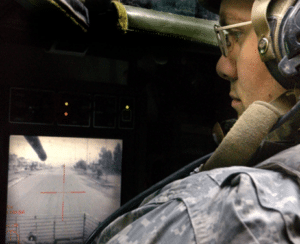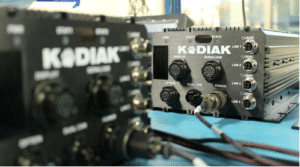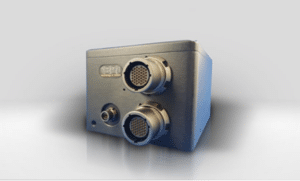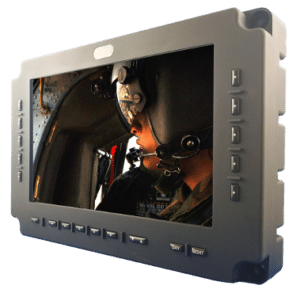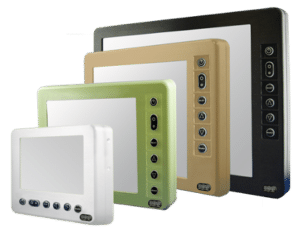Situational Awareness: Rugged Electronics that Enhance Battlefield Intelligence – Part 3: Distribute

Situational Awareness: Rugged Electronics that Enhance Battlefield Intelligence – Part 3: Distribute
Enhancing Situational Awareness
In parts one and two of our blog series on situational awareness, we examined the importance of battlefield intelligence in critical decision making. We dove deeper into the technologies and electronics that enhance situational awareness, and ultimately mission success and safety.
We started first with capture—covering how information is collected before it is interpreted by operators on the battlefield thanks to tools such as cameras, sensors, radar and unmanned systems. In our second blog, we turned our focus to how data is processed. We dove deeper into how mission computers and rugged displays (including DSE’s own FHDRM) take these signals, camera feeds and other inputs to help operators make real-time decisions with collected intelligence.
In our final post, we will cover the last step in this process: distribution.
Part Three: Distribute
Once data has been collected and processed, it’s time for it to be distributed. In this third installment, we will take a deeper look at which technologies, tools and processes are used in order to distribute information to crew on and off the battlefield.
This critical step has important applications not only for real-time decision making, but also for enhancing future operations through review and training.
Video Hubs
During ground vehicle operations where multiple cameras are simultaneously capturing video, a video hub is often used to switch between video feeds and to repeat video from one display to another. Video hubs can help switch these signals automatically through user-defined settings, such as switching sources on a certain cadence or switching to a rear-view video feed when a vehicle is put in reverse. Ordnance detection systems can also dictate a change in video source following identification of an incoming threat.In addition, sources may be switched manually, such as when a vehicle commander finds something of note in the field view and pushes a particular video view to crew members.
By appropriately distributing information and video sources throughout the vehicle, video hubs can help vehicle operators make more informed decisions—from avoiding hazards in the road to changing course altogether.
DSE has a long history of developing MIL-Spec video hubs for ground vehicles, including the VH3 and VH4. Both of these rugged video hubs are designed with demanding environments in mind, featuring fully-sealed enclosures with a miniature footprint. The VH3 supports composite video, NTSC and PAL formats, while the VH4 enables high-quality video processing with SD-SDI, HD-SDI and 3G-SDI inputs/outputs.
Embedded DVR Systems
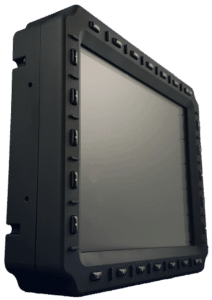
DVRs can typically be found as standalone “black box” devices that record at all times, or as an integrated portion of a display that allows for incoming video to also be viewed.
DSE’s own embedded DVR systems, such as the PSM, support image capture, secure erase, encryption level security, on-screen playback and removable media. In addition, these highly ruggedized displays offer ASCII or HEX code (via CANBus, RS232, or RS422) protocol for control of external systems and/or internal display features.
Communication Channels
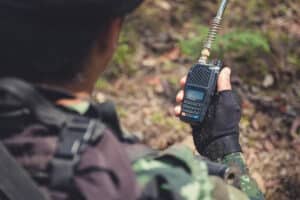
This includes traditional methods, such as radio or SATCOM, satellite communications. These technologies allow for the near-instantaneous transfer of information from an in-field unit to commanders and other forces anywhere around the globe. As technology continues to advance, more and more rapid and reliable methods of data distribution are available, including distribution via gigabit ethernet.
DSE products support a number of these communication formats to interoperate with various onboard systems or ancillary devices, including radios, computers, switches and more.
Closing the Loop on Situational Awareness
Situational awareness can be summarized as the process of capturing, processing and distributing intelligence in order to make more informed decisions. Not far from the age old saying “knowledge is power,” greater situational awareness is the cornerstone of mission success and safety.
From the first use of radio in World War I, to the modern military’s application of drone-based systems to detect explosives, as technology evolves, so do the tools and products that enable intelligence and safety on the battlefield.
Situational Awareness: Rugged Electronics that Enhance Battlefield Intelligence – Part 2: Process

Situational Awareness: Rugged Electronics that Enhance Battlefield Intelligence – Part 2: Process
Recapping Situational Awareness
In the first of this three-part series, we explored the role of situational awareness on the battlefield in understanding the environment and anticipating potential threats. We examined the process in which information is captured on the battlefield and the technologies that enable intelligence gathering.
Through cameras, sensors, unmanned systems and technologies like radar and GPS, critical data such as enemy position, vehicle diagnostics and even biological hazards are captured. But, before this information can make its way to those who can use it to make better-informed decisions, it must first go through a stage we’ll refer to as “process.”
In this second blog, we’ll take a closer look at the technologies and products which process captured intelligence and enable battlefield operators to understand and act on that information.
Processing Intelligence
Imagine this: a Stryker vehicle is traveling down a rough dirt road in XYZ country. As the Stryker vehicle continues down the path, its crew pay close attention to the displays on the main driver control panel. The central battlefield management computer is feeding a series of inputs, including their current location, the position of friendly forces and 360-degree video feed of their surroundings.
Suddenly, radar detects an unknown presence in the area. The mission computer, informed by the onboard radar, signals to alert the operators via an on-screen message and alarm. It may be a mistaken friendly vehicle, or it may be an enemy, but with this intelligence, the vehicle operator can choose to examine additional data being captured by the vehicle’s system, or simply change course altogether.
It’s not difficult to see how situational awareness plays a key role in informing decision-making and supporting mission safety. It’s crucial information is first captured, but having the onboard battlefield management computer and intelligent displays is equally as important in ensuring operators on the field can interpret that information and make critical judgments.
Mission Computers
The computers designed for today’s modern military hardly resemble those we use in our personal lives or carry around in our pockets. These rugged military computers must face some of the world’s most demanding conditions and environments. These systems must allow for thermal management, prevent the ingress of dust or water and withstand heavy vibration.
But, MIL-Spec design and durability aren’t the only factors to consider. Computing power is critical, and ensuring a mission computer’s processor, RAM capacity and memory match the program’s specifications is highly important. Since the 1990s, DSE has engineered and built military mission computers with the goal of enabling situational awareness on the battlefield.
Our solutions include the powerful ALPHA rugged computer, which permits the use of not only the latest Intel® Core processors but also a suite of proven Atom® and ARM based CPUs. Its additional onboard systems facilitate the communication of information through a gigabit ethernet switch, GNSS (GPS, GLONASS, Galileo, BeiDou), Dual CANBus, GPIO, USB/Serial, audio, WiFi and cellular.
ALPHA’s equally as rugged but much more compact predecessor, the MC-10 rugged micro mission computer, packs a powerful system in a lightweight, miniature footprint. The MC-10 features a similarly wide-range of inputs/outputs, including gigabit ethernet, USB 2.0, RS-232/RS-485, analog audio, display port and HDMI or DVI-D. It’s designed to use reliable Intel CPUs and the clock speed, RAM and memory are all configurable.
Mission computers, including those designed by DSE and others, are an important piece in this step we call processing. Not only do they interpret the signals and information captured by cameras, sensors and radar, but they relay that intelligence to the battlefield operators where it becomes actionable. Choosing a mission computer with the appropriate feature set, durability and configurations is essential to enabling better situational awareness.
Rugged Displays
Once the high-end processors compute the data received by a camera feed, it must then be routed to a display. And, just like rugged mission computers, these rugged military displays are not your average monitor. They include MIL-Spec design features, which enable them to comply with strict guidelines set out in military standards. They are equipped with a variety of inputs and outputs to communicate with onboard systems and often employ a series of advanced features that enable programmability and customization. Rugged military displays are much more than an LCD.
In DSE’s catalog of rugged electronics, displays take a top position as our most-integrated solution over our 30-year history. The FHDRM is a prime example of a modern rugged display, featuring full high-definition resolution. It delivers 1080p detail with a high-brightness backlight to ensure complete optical performance. Picture-in-Picture display, possible via FHDRM’s video encoder, enhances situational awareness by enabling operators to have primary and secondary views of camera feeds or computer diagnostics. Programmable bezel keys, a resistive touch screen and remote command/control also allow for the easy interconnection with existing architecture.
For applications that require flexible options, the MSM2 Mil-Spec monitor features six unique sizes and a myriad of video input options including DVI, VGA, composite, VGA/composite and DisplayPort. Customization doesn’t end there, and MSM2 supports configurable color, connectors, user interface, firmware and more. Its flexibility and durability have made it a top choice for integration on military vehicles, including THAAD Missile Launcher, Stryker, B1 Bomber, Amphibious Combat Vehicle, C-130, and more.
Finally, for applications requiring the highest degree of situational awareness when it comes to viewing mission surroundings, the Typhon offers three high-definition panels. This fully-contained system supports integration with both legacy and advanced digital sensors through 6 distinct SDI and 3 RS-170 inputs—a total of 9 independent camera inputs. Typhon also features an on-board CANBus communication interface, permitting remote control and access to features such as video source selection, built-in-tests, day/night modes and user preferences. Typhon delivers information at the operator level to ensure mission safety and excellence.
Closing the Loop on Situational Awareness
We’ve discussed how information is first captured, and then how it is processed for operators to interpret and take action. The final step, distribution, will cover how this information is disseminated outside of the initial vehicle terminal. This process enables the full-system approach to situational awareness where products and technologies work together to inform operators and empower knowledgeable decision-making.
